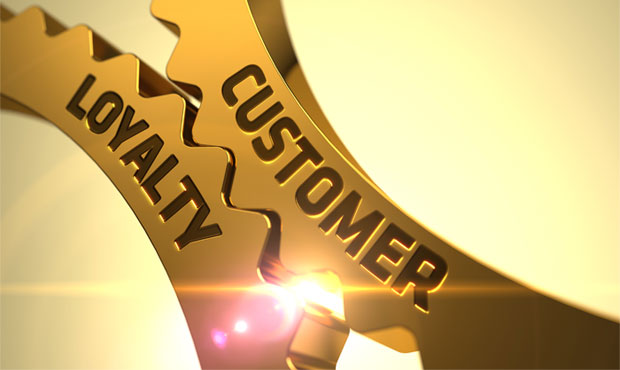I’ve been writing about customer loyalty a lot — and not just to sell my book, though you can buy it any time you want. Seriously, though, markets everywhere are cooling. They once were ripe with new categories and products, but everybody now seems to have the new stuff, and growth is falling back to the baseline of organic growth.
That’s why loyalty is so important today, and it’s also why there are so many questions about how to promote and improve it.
Loyalty is an up-and-coming part of the software business. On the established side, there are companies like IBM and SAS offering solutions, and there is a healthy community of startups — firms like Yotpo, SailPlay Loyalty and Stellar Loyalty.
I’m still learning the market so I don’t know every vendor out there, but the thing that got me hooked on studying this area is the great chasm between conventional loyalty ideas, and the software that supports it, and what really works.
How Not to Do It
We’re all familiar with loyalty and rewards programs that provide points, miles and other goodies when we make a purchase. Let me expose my bias here. That’s not how to promote loyalty. The data is conclusive: Customers who shop for discounts and rewards are a fickle breed, able to change vendors on a moment’s notice.
Creating a transaction in which product or value goes one way and a reward follows is simply discounting. There’s nothing wrong with judicious discounting. However, when you make it a habit, you routinely give up margin and fail to make your profitability metric.
The challenge for most vendors, especially retailers, always has been what to do to keep customers coming in, if not for rewards. It’s an important question — especially today.
Get Customers Engaged
The answer is engagement, which is hard to do until you conceptualize a more full-bodied relationship model. I’ve listened to a lot of vendors tell me all about speed and accuracy, funky websites, and who knows what else in their efforts to define engagement. That’s engagement from the vendor’s perspective, though, and too often nobody studies the customer side.
In a true relationship, there’s some amount of emotional bonding between the customer and the vendor. As a practical matter, your customers don’t want to have a beer with you — that’s a different kind of relationship. They could get a warm feeling when thinking about doing business with you, though, or more likely when using your solution to solve a problem.
Certainly there are brands in your own life that you prefer. You might not care which gas you buy for your car, but you may have a favorite butcher shop or other business you engage with in preference to others.
It’s relatively easy to become engaged with a local vendor and much harder to bond with a national brand, but it can be done. In my recent research, I stumbled upon companies that have perfected bonding, and while I’m obliged to not mention their names right now, they have developed unique ways to attract and develop emotional bonds with their customers.
For instance, they usually find ways to sponsor community activity between themselves and their customers. Some build community through a rather conventional software solution, while others develop real-life user interactions. In both cases, customers bond with each other and with the brand around using the vendors’ products.
Cohesive Branding
Another idea that works well is philanthropy. You might be familiar with the philanthropy model of Salesforce or Google, in which the company donates 1 percent of its technology, employee time (on a voluntary basis) and resources. This can take many forms.
For instance, one company I know sponsors a fundraising arm to help groups sell products and make profits for worthy causes, much like the Girl Scout cookie model. However you do it, you can develop emotional bonds that drive engagement, and it works.
Cohesive branding is a key element in the success of market heavyweights like Google, Apple, Amazon and others, notes Adrianne Pasquarelli in the October issue of Advertising Age.
Cohesive branding is simply an integrated set of overt and subtle attributes that blanket products, messaging and customer touchpoints throughout the customer experience.
“What makes brands like Apple valuable is their cohesiveness as a connected business system,” Pasquarelli wrote. “Apple communicates with its customers through its hardware, software, and retail stores to deliver one consistent narrative or ecosystem.”
I’d go further and say that part of cohesion is engagement — and by extension, community. If messaging is implicit in products and services, and if messaging can lead to cohesion, then certainly things like community and one’s stance on philanthropy can too.
The path to improving your loyalty numbers thankfully does not run through greater rewards or steeper discounts. It’s about leveraging engagement, and for the first time in history we have the tools to do it in modern CRM.

























































